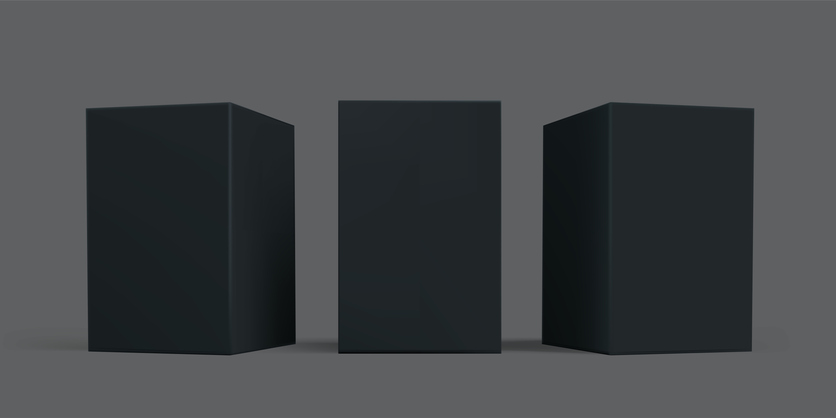Editor’s note: Jonathan La Greca is senior vice president, growth, at Toronto-based research firm Hotspex. This is an edited version of a post that originally appeared under the title, “Marketers, how will the recession impact your career and brand?”
I have interviewed over 100 marketing, consumer and shopper insight leaders (herein insight leaders) from a variety of categories in the fast moving consumer goods (FMCG) industry since the crisis started.
One thing stood out more than anything else. The current economic impact of the crisis is a tsunami crashing on our shores in ways we have never seen before. This situation is different from what we experienced in 2001 and 2008 and it requires marketers to ask a new set of questions.
Three distinct phases
A common theme across organizations are the questions asked by senior management:
- How long will the pandemic last and how can we help our consumers through it?
- How will the economic effects impact our category and how can we better communicate value?
- Which behaviors will revert back to the way they were prior to the crisis, which will endure beyond the crisis and what does this mean for our brand?

These questions indicate that there will be three distinct phases to the crisis.
- The pandemic: This first phase came as an intense shock and now that we have adjusted to it (for the most part) and society is cautiously opening up, we are moving into the next phase.
- The great repression: The era we are entering will be a combination of a harsh recession and repression due to a continued restricted reality. It could be further complicated if there are additional infection waves.
- A brave new world: Humans are resilient and we will find a way through this. Life will not go back to the way it was, but there will be tremendous new advances and opportunities that will unfold just as there were after 2001 and 2008.
As we enter the second phase, I would like to reinforce that we cannot use the same thinking that helped brands sustain profitability and market share in 2001 and 2008. This is the perfect storm of physical, emotional and financial impact.
A recent report from McKinsey suggests that marketers need to think about five different horizons: resolve, resilience, return, reimagine and reform. If you'd like to get a copy of the McKinsey report, please send me a note.
To ensure that your brand remains profitable and gains its fair share in an intense fight for shelf space and salience, you will need to ask the right questions.
In the following sections, I'll share the key themes that leaders shared.
The basics: survival over sustainability (short term)
 Life was turned upside down over night and immediately humans found themselves trying to balance a whole new myriad of personal and professional duties.
Life was turned upside down over night and immediately humans found themselves trying to balance a whole new myriad of personal and professional duties.
One leader described it perfectly by saying, "I am trying to work through unprecedented business challenges, while also being a teacher, entertainer and tech support for Google Classroom."
In the first few weeks of the crisis, consumers focused on satisfying the lower rungs of Maslow's hierarchy of needs, prioritizing safety over sustainability.
As such they gravitated to brands that elicited emotions of safety, familiarity and trustworthiness.
Brands that were shelf stable, center of the store, primarily positioned to meet at-home occasions and perhaps had advanced e-commerce or delivery services set up prior to the crisis performed extremely well, as shipment and consumption data sky rocketed.
Brands that came into the crisis with strong visual cues and memory structures grew their share as shoppers were limited to quick decisions in a distressed shopping environment.
An example of this was the nostalgic surge in "family classic" brands, which opened up trial to new users, specifically younger cohorts.
As one leader stated, "At least for the short-term, there has been a focus on survival over sustainability, and a return to the basics, as consumers are focused on the things that truly matter."
Here were the other questions marketers were asking about consumer attitudes and emotions:
- Is my brand currently making consumers feel safety, familiarity and trustworthiness?
- How should I shift my communications away from the sea of sameness to create empathy, while also ensuring that our brand is distinctive?
- My brand found itself on the right side of the pandemic and has been growing exponentially – how do we ensure that we keep up this momentum?
 New pressures
New pressures
As we move into Phase 2, and the recessionary period lurks from the shadows, all brands are going to face new pressures.
Overnight, many consumer usage occasions vanished and the majority of brands found themselves in a fierce fight for the few at-home occasions remaining in their category.
As we shift from the pandemic into a recession, several leaders mentioned the work they are doing to assess the headwinds and tailwinds that their categories will face.
Whether or not your brand grew during the pandemic, in Phase 2, no brand will be safe with fewer disposable dollars available and unemployment at historic levels.
Here were the other questions marketers were asking about how the recession will intensify the fight for market share:
- What are the new drivers and barriers in my brand's category?
- How does my brand perform relative to the competition on those drivers and barriers?
- As we move deeper into this recession, how does my brand communicate value more effectively and efficiently than the competition and private label?
As one leader said, "Even brands that find themselves on-trend related to hygiene, sanitation, health or indoor/backyard entertainment will soon have to deal with many new entrants attracted to their profitable categories, while nimble direct-to-consumer brands will also be a threat as they are able to capitalize faster on quickly changing consumer needs."
